Shingles are frequently given all the praise. Asphalt shingles look nice, endure the elements, and are solid and long-lasting. On the other hand, shingles are just one aspect of the complete roof system. Roof flashing is the unsung hero of the operation. So, what is roof flashing?
Roof flashing is one of the essential roofing materials there is. While this may seem obvious, not many property owners know its significance or function. Roof flashing is a layer of metal that runs down the length of your roof and directs water away from seams and joints where moisture may enter the top and cause water damage.
Roof flashing is made of metals such as copper, aluminum, stainless steel, or galvanized steel. A roofing contractor may install flashing around doors, gutters, windows, and chimneys.
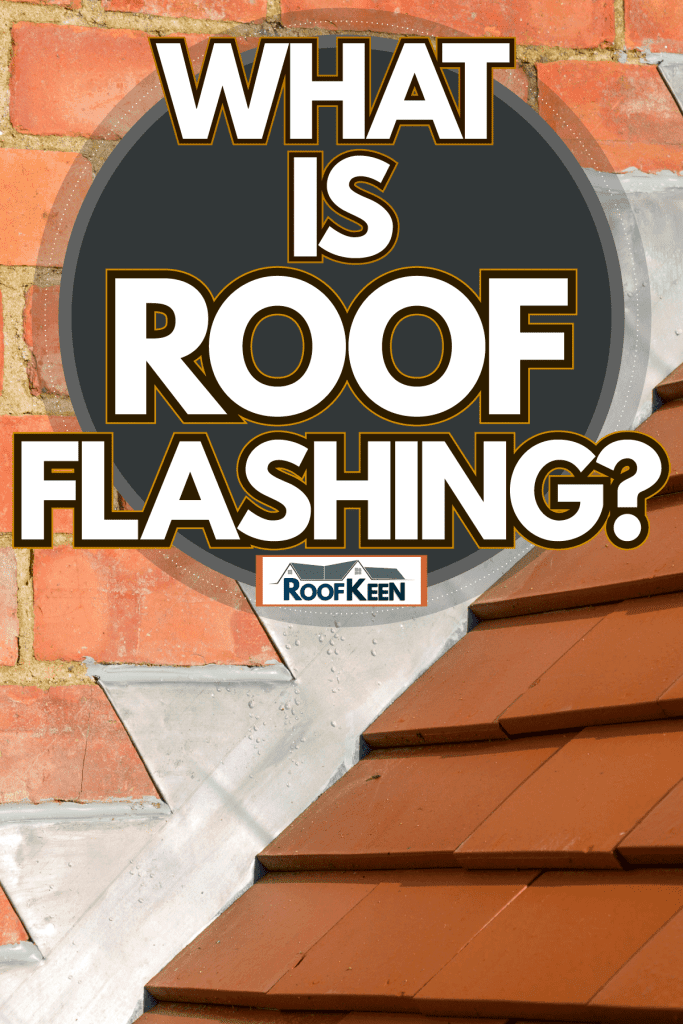
What is roof flashing, and where does it go?
Roof flashing is a fragile metal covering that roofers use to divert water from particular sections of your roof (walls, chimneys, and roof valleys). It's an essential component of every roof.
For your roof flashing, you may select from a variety of metals. Aluminum, steel, and copper are the most popular materials.
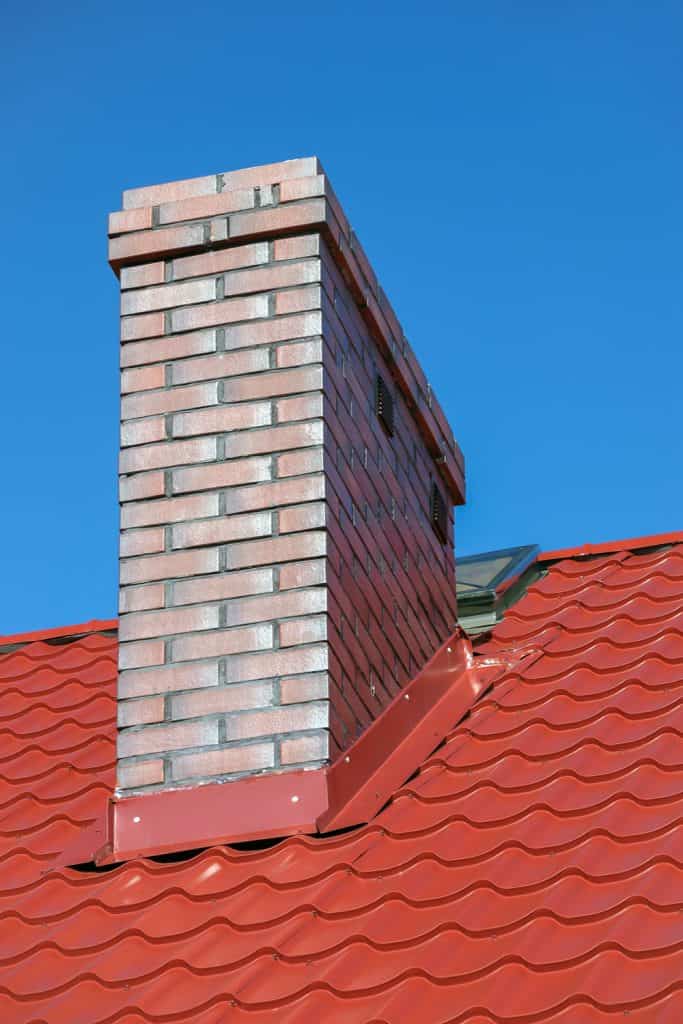
The most popular metal utilized for roof flashing nowadays is steel. It has a tidy appearance that works with most budgets. On the other hand, copper looks fantastic aesthetically and has a longer lifespan but costs more upfront.
Ask your local roofing contractor about the materials that will provide you with the appearance you desire while remaining within your budget.
Types of Roof Flashing
The most popular flashing materials are aluminum, copper, stainless steel, or galvanized steel. Flashing can be used in any area where water needs to flow off the roof, such as windows and doors.
Roof flashings are made from sheet metal and cut to specific dimensions depending on the task they must complete. The following are some of the most frequent types of roof flashing:
Valley Flashing
Valleys are the concavities between two roof decks that slope toward one another, creating a low line that resembles a valley between two mountains. Your roof's valleys are like mountain gorges, and water enters them the same way rivers wind through mountain ravines. Water penetration is evident in the valleys, as you might expect.
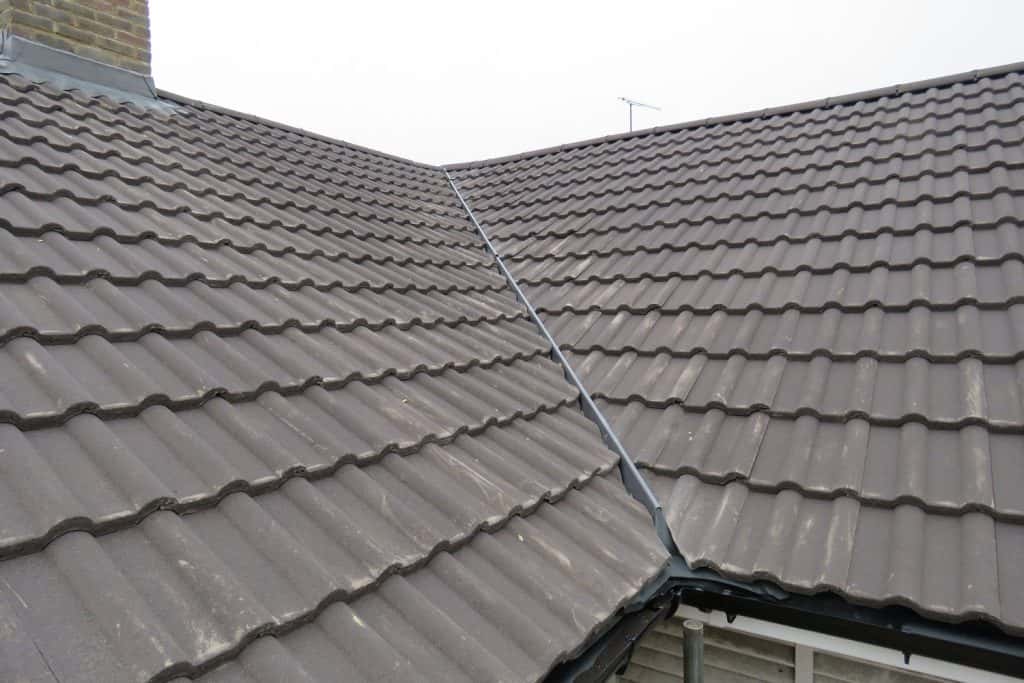
Shingles can also be woven to provide more layers of protection to the roof valleys. On the other hand, many-dimensional shingles are too thick and inflexible to incorporate.
The underlayment, however, is the same. The top edge of the shingles runs along the course line. They do not touch in this "open valley" style because they are installed over each roof section. To expose the valley flashing, they overlap and form a space between them. Water will flow off the edges of each roof, into the valley flashing, and onto the gutters when installed.
Valley flashing is noticeable from the road. Some homeowners choose a distinct color of valley flashing to provide their shingles with a unique visual appeal.
Chimney Flashing
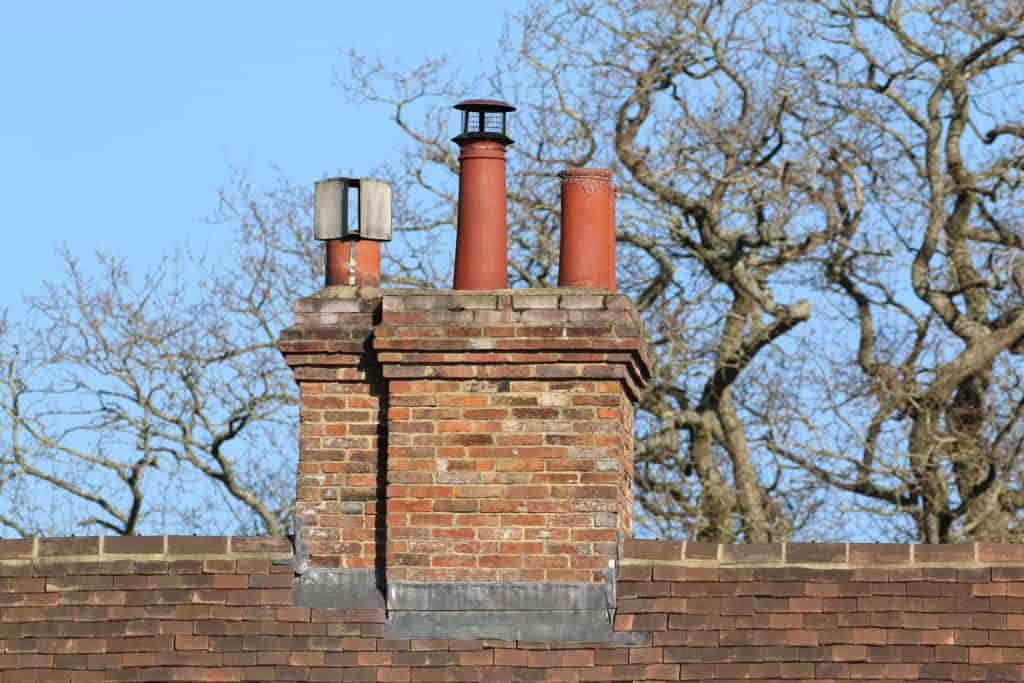
Penetrations such as chimneys, vents, and dormers are more complicated for flash. Each feature necessitates a distinct combination of materials and processes for a waterproof seal.
While the requirements for each penetration site may differ, waterproofing these areas is always advised.
Like any other component of a roofing system, the Gutter flashing has to be installed correctly and maintained effectively for the roof as a whole to operate correctly. Newer flashings and roofing materials, as well as improved product performance levels, have revolutionized gutter flashing technology in the past 20 years. The components must be matched to the new roof system for flashing.
Drip Edge Flashing
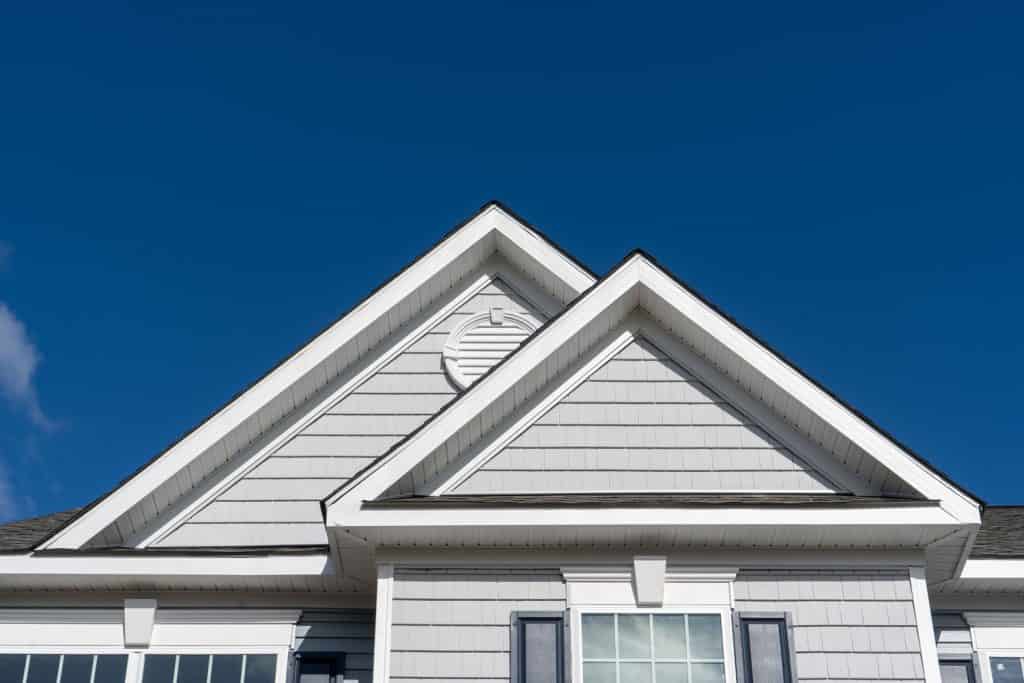
Drip edge directs water away from the roof's perimeter, keeping it from seeping under your shingles or rotted wood at the edges. Drip edge is particularly significant around your roof's rake edges, but it's also beneficial at eave edges.
Shingles are usually to lift along the rake edges, where they don't benefit from shingle overlapping at the border during strong winds. Flashing wrapped around the rake edge provides an additional layer of protection.
At the eaves, your shingles and gutters do the bulk of the work, so the drip edge is just on-call support—the drip edge at the eaves guards against water runoff from clogged drains or ice dams.
Roof flashing is customized to your home's specific characteristics, which is why it varies from one house to the next. The sort of shingles you've picked and the design of your house has a big impact on the types of flashing that your roofer will propose.
Skylight Flashing
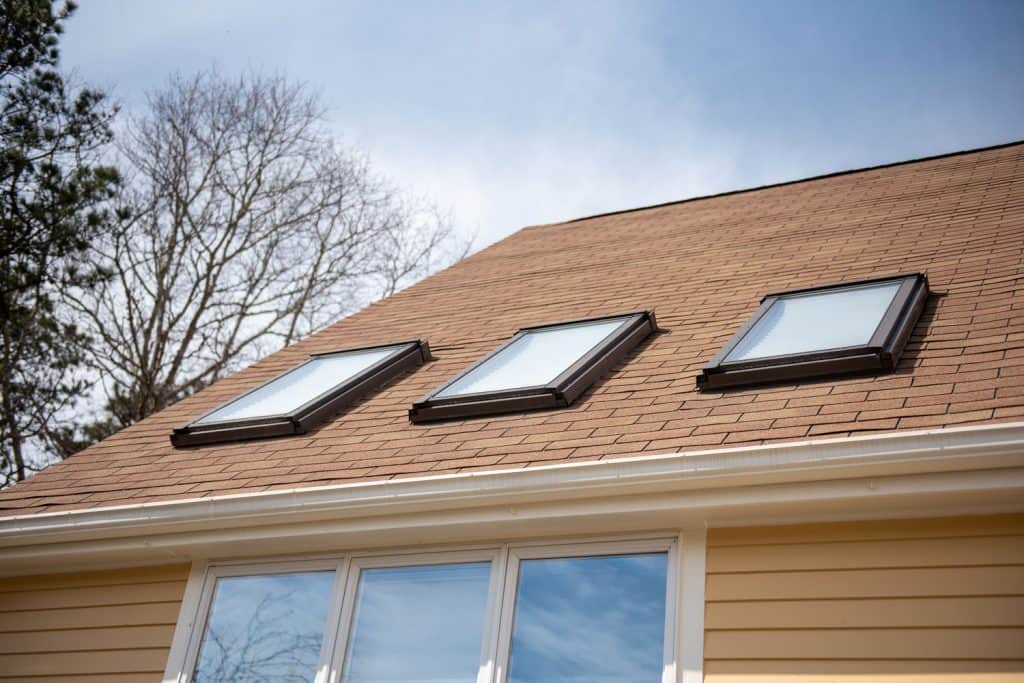
Flashing is an essential component of any skylight replacement. Skylight flashings are the first line of defense against leaks and dampness. The fundamental objective of skylight flashing is to keep as much moisture off your roofing material's surface as possible. They do this without using sealants that may erode, causing harm in the long run.
If you don't install skylight flashing on all of your roof's skylights, your skylight might cause a lot of problems for your roof. Skylight flashings ensure that your skylight does not leak, so if you don't have them, water seepage, roof deterioration, corrosion, mold, and even structural damage are possible.
Installing skylight flashing is not only suggested; it's required if you want to avoid roof leaks with your skylight.
Continuous Flashing
The exterior of a building, such as a home or business, maybe designed to appear more attractive by utilizing continuous flashing. It's used in long flashing runs intended to prevent leaks at this corner space. However, it's vital to understand that continual flashing isn't a good form of flashing and doesn't work well in preventing leaks.
Continuous flashing is a roof repair technique that involves keeping the same portion of the roof exposed to motorists while constantly replacing it with fresh, new material. The purpose of continuous flashing is to make the most of a single, continual piece of flashing by increasing its effectiveness over multiple pieces. Unfortunately, the outcomes are relatively ineffective. If a tiny portion of the roofing cement breaks, the whole continuous flashing is jeopardized, and you have a leak that swiftly spreads.
If your roof was constructed with continuous flashings, you should consider changing them soon for something more dependable, such as step flashing.
Kick-out Flashing
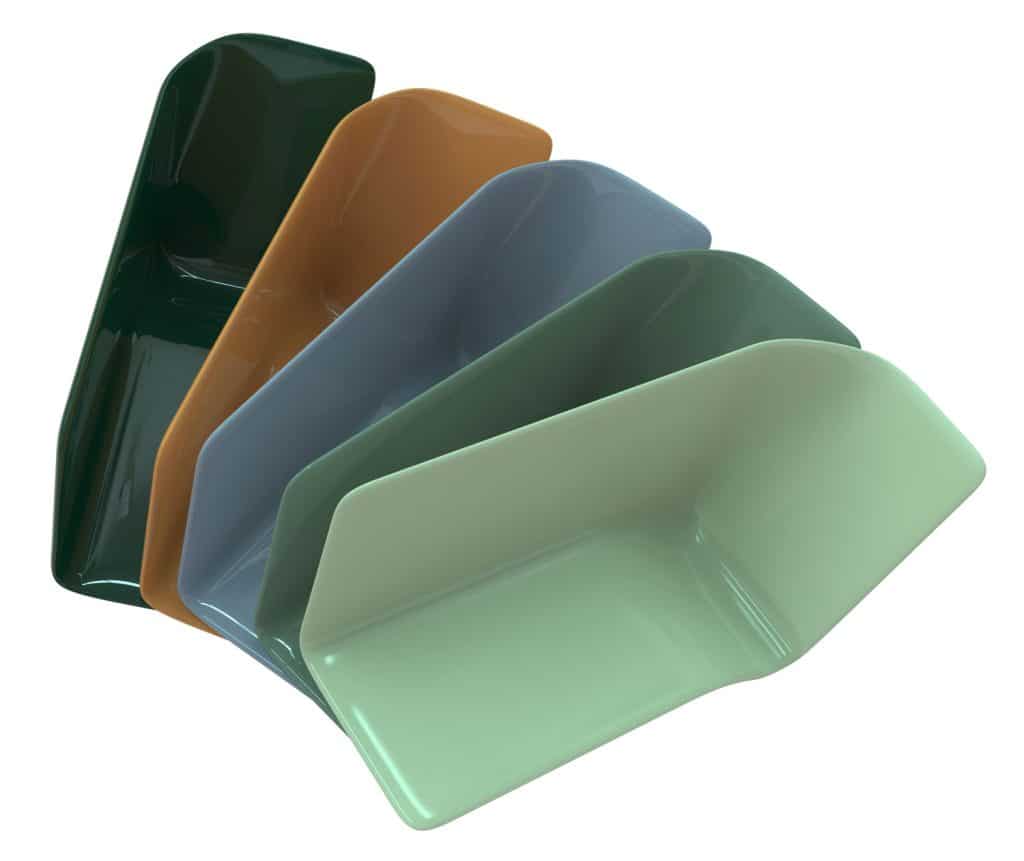
Kickout flashing is a flashing that redirects rainfall and moisture toward the gutters. Kickout flashing has excellent water penetration prevention when done correctly.
If your gutter system is leaking from rainwater intrusion, there are various reasons why this might be the case. A missing or faulty kick-out flashing is frequently to blame for significant volumes of water accumulation, which can result in severe damage to your home's external walls.
The water damage caused by a burst pipe may or may not be easy to spot, especially if your home's cladding has been soaked. You can end up with severe structural damage to your property without any visible symptoms when your kick-out flashing isn't correctly installed.
Is it ever necessary to replace roof flashing?
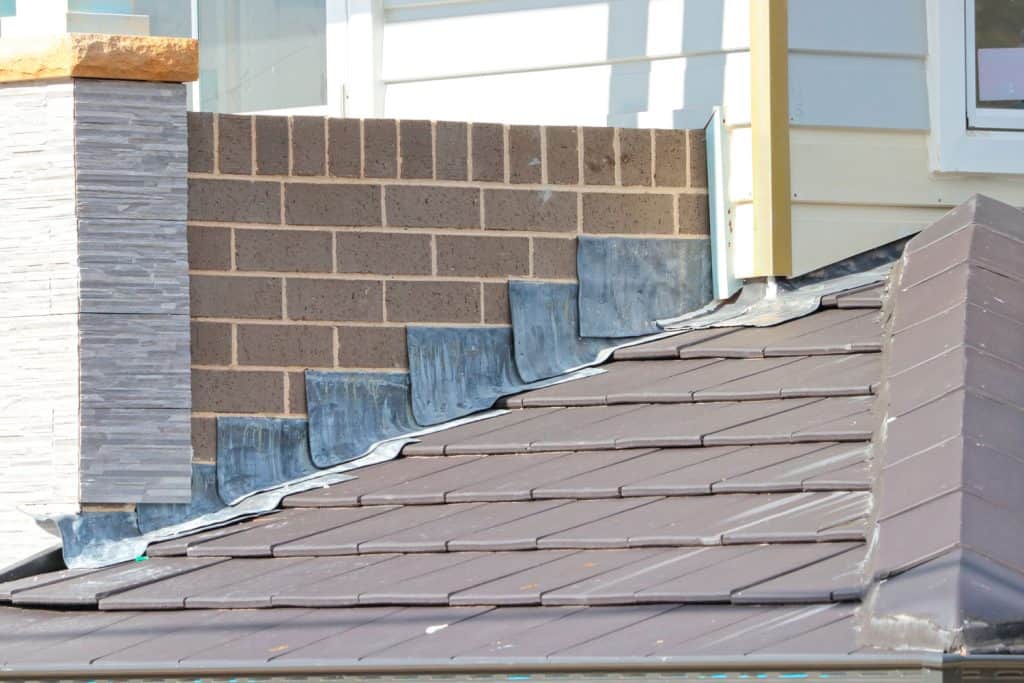
The only way to ensure that your flashing is of good quality is to replace it, so if you're concerned about the quality of your roofing when it's replaced, don't be. However, many flashings survive longer than a typical roof and may be reused.
Although most roofers advocate reusing your roof glazing, they are built to endure and are frequently in excellent shape. It's critical to replace any damaged flashings with holes, corroded, or show any other signs of deterioration and wear. If your flashings are in good condition, though, you may reuse them.
